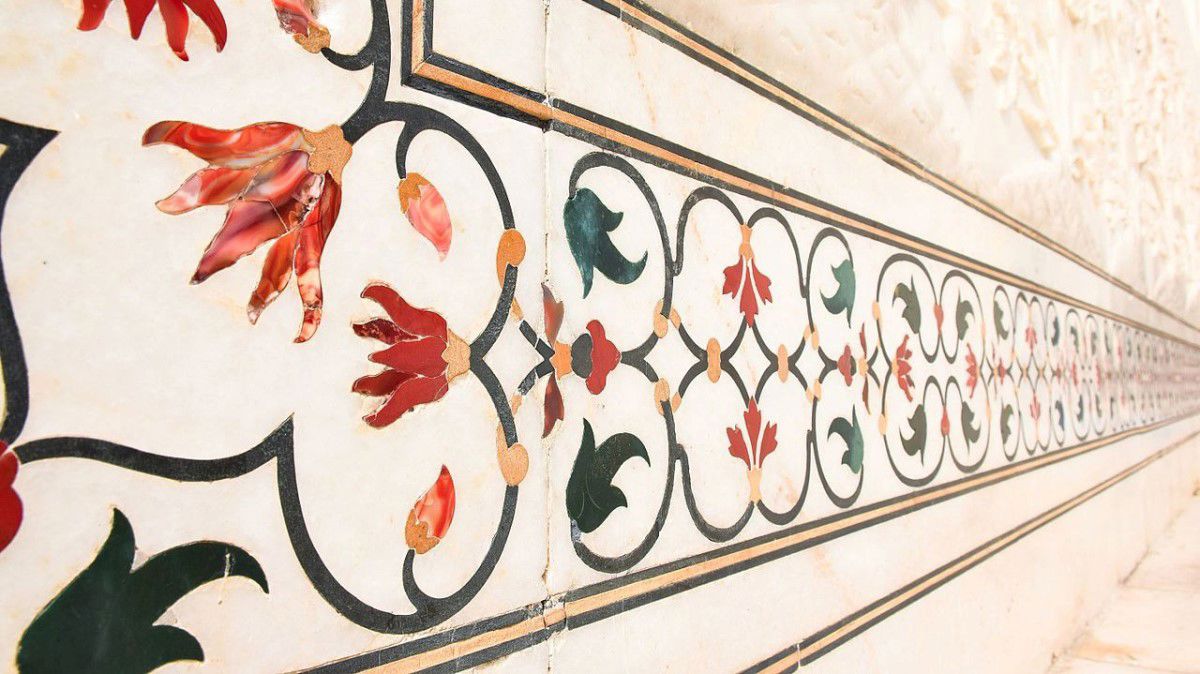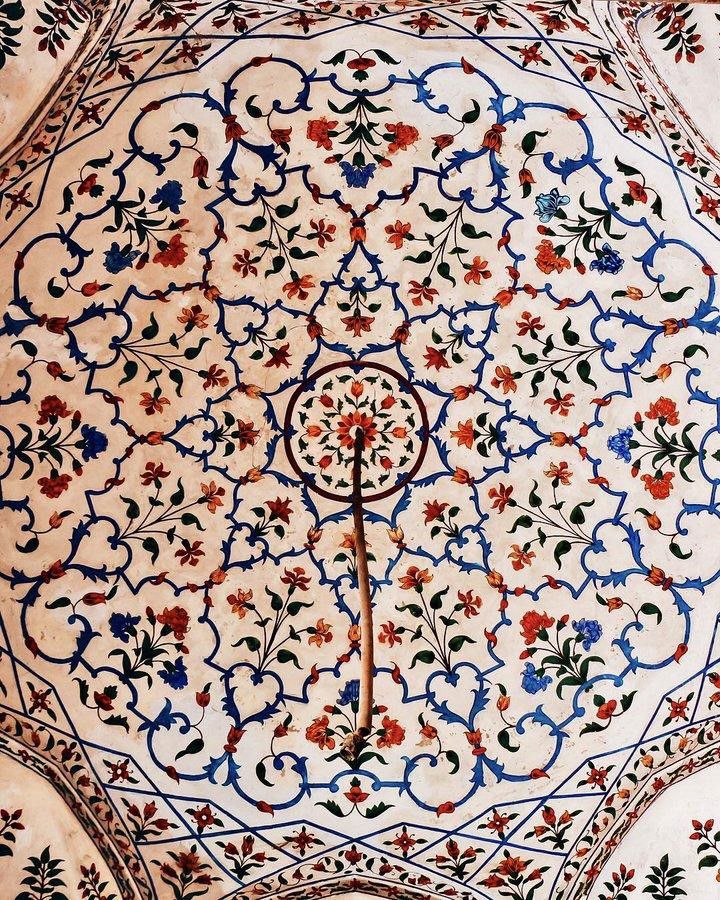The lotus flower is a strong symbol of faith, purity, and unfolding beauty in Islam. Often seen as the gateway to divine light, it has become an emblem of piety and devotion among Muslims around the world. In Islamic tradition, dreaming of a lotus can indicate good luck. Here we will explore the significance behind the lotus flower in Islam so you can gain a better understanding of why it has become an integral part of their culture.
1. Origin of Islam
Islam was born in the Arabian Peninsula in the early 7th century CE. This religion came about due to a combination of economic, political, social, and ideological factors; it brought about changes from primitive communalism to class society. The Arab state's unification into an exclusive feudal state was also instrumental in this process, as well as the unification of beliefs and religions on the Arabian Peninsula.
The birth of Islam is linked to the name and life of Muhammad, who revealed and spread the Islamic faith. Muslims around the world honor Muhammad as "the Spirit," "the One," "the Almighty," "the Merciful," "the Transcendent" and "the Eternal"...as an angel and messenger.
Currently, Islam is the most widely followed religion in the world, with over 1.3 billion followers across more than 100 countries on every continent. Contrary to popular belief, Indonesia - a country in Southeast Asia - has the largest Muslim population, with 180 million followers that account for 87% of its total population.
2. What is the Symbolic Meaning of the Lotus in Islam?
The lotus flower is a powerful symbol in many religions, including Islam. In Islamic tradition and culture, the lotus flower has strong ties to purity and divine beauty. It is believed that those who possess such qualities of kindness, grace, and peace will be rewarded with eternal life in paradise after death.
The lotus flower also signifies the power of God to bring joy and beauty out of something as simple as a flower. In Islamic art, it is often used to represent Paradise itself, with its delicate petals and beautiful colors.
It symbolizes divine love and compassion that can be found in any religion or culture. As such, many Muslims view the lotus flower as a representation of spiritual growth and enlightenment.
The lotus flower stands for hope and faith, reminding believers that no matter how difficult life gets, there will always be something more beautiful ahead. To many Muslims, this flower is a reminder of the journey of trials and tribulations toward inner peace.
3. Lotus in Islamic Architecture and Sculpture
The use of the lotus motif can be found throughout all parts of the Muslim world including art, architecture, and sculpture.
Lotus motifs are often used to decorate ceilings or other prominent areas in buildings or mosques such as minarets and mihrabs. This was one way to bring divine beauty into an everyday setting such as religious spaces. It also showed respect for God's creations by using these natural forms within architecture. This type of decoration can also be found on the walls and floors of many buildings, such as Islamic palaces or tombs.
The Taj Mahal is considered the most famous example of Islamic architecture on the planet. Combining elements of Persian, Indian, and Islamic architecture, this vast 17th-century mausoleum complex has become one of the world's most popular tourist attractions.
Even the domes of the Taj Mahal are believed to be inspired by lotus buds(Journal of the Indian Institute of Architects, 1974). The top of every dome was crowned by an inverted lotus flower motif. This use became one of the permanent features of domes in Muslim architecture. However, the most distinct use of the lotus flower is found in the arabesque patterns of the Mughal period, where it becomes completely decorative.
A quite frequent use of the lotus motif as a decorative element can be witnessed in the Jamia Masjid at Chiniot which is a Mughal-period construction. Here, we find a lotus carved in marble visible at the parapet of the mosque and also at the base of the pillars. The indigenous influence becomes more profound in the depictions of lotus in Bhera and Chiniot. Lotus appears in full profile and can be identified with the Padma motif of the Hindu architecture particularly in relation to the arrangement of petals.
The incorporation of the lotus symbol in the Muslim artistic repertoire comes from two sources. One was the prevalent significance of the symbol embedded in Indian culture while the other was through the influences that came from the Sassanid, Byzantine, Persian, and then the Chinese culture. Except for Chinese culture, the rest can be traced back to Egypt, where the lotus was a significant symbol. Till the arrival of Islam, the use of lotus both as a mythological symbol and as a decorative ornament was prevalent in Persia. In the Sassanid and Achaemenid periods, the lotus was in use as a decorative motif. It is believed that Achaemenid kings employed many architects and artists from neighboring areas like India and Egypt to build Persepolis who imported lotus motifs to Persian architecture.
4. Does the Lotus Appear in The Quran or Not?
No, the lotus does not appear in the Quran. The lotus flower is a symbol of beauty and purity in many cultures; however, it is not mentioned directly by name in the Islamic holy book. While some Islamic scholars have tried to find symbolic connections between the lotus and Islam, it does not appear to be an explicit part of the faith. Instead, there are many natural symbols in the Quran that can be interpreted to represent beauty and purity, such as pearls, jacinths, and starlight. These symbols help explain some of the religious concepts in Islam, such as God's merciful and compassionate nature.
5. Seeing Lotus in Islamic Dreams
In Muslim dreams, a lotus flower symbolizes good luck, hope, and serenity. It can be seen as evidence of purity and divine knowledge, which gives you clarity and understanding of life's struggles.
- Seeing a lotus blooming may also mean that it is time for you to pursue the truth and open up your mind to greater understanding.
- If the flower is white, this could be interpreted as an indicator of true love - perhaps signifying someone who will help guide you along your journey through life.
- Seeing a red lotus, you are about to have a long trip and it will be a trip to a happy land.
- Seeing yourself seated on a floating lotus could signify that you are about to embark on an exciting endeavor - one that brings with it both adventure and joy!
Conclude
Symbolism is an important part of Islam, and the lotus, with its purity and beauty, makes a powerful statement. The lotus is a reminder to Muslims that although the world is filled with darkness and pain, they must remain pure in spirit and never forget that beauty exists. The flower also serves as a metaphor for leading life according to Islamic principles; it perseveres through hardship, exemplifying the idea of standing up against pressure from society or anything else that would try to lead you away from your faith.
Related articles
Show moreSource
1. Islam
https://en.wikipedia.org/wiki/Islam
2. The Lotus in Central Asia: A Sassanian Motif in the Islamic Stucco Decoration
http://actual-art.org/files/sb/12/Zagirova.pdf
3. Understanding the Symbolic of Lotus Flower in Teratai: A Process of Transferring the Lyrics and Rasa (Feeling)
https://pdfs.semanticscholar.org/a0f9/926efe4eb76a472ba23ab3c2fbe2b41a04e9.pdf
4. From Divinity to Decoration: The Journey of Lotus Symbol in the Art of Subcontinent









